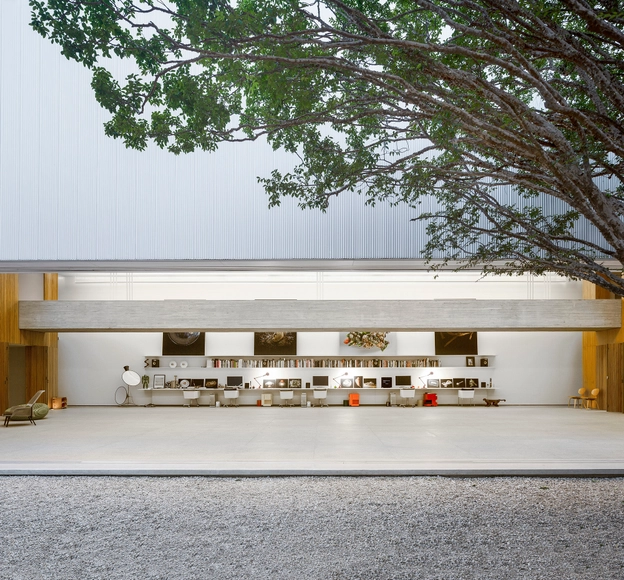
Over the course of nine months, graduate students at the Strelka Institute studied the urban landscape of Moscow and the daily routines of its inhabitants, focusing "on new, little-noticed, and as-yet unresolved contradictions." The main goal of the projects was to come up with solutions that could be applied in practice.
The research projects, collectively entitled "Urban Routines," were presented at the end of this past June at the graduate show. Program director David Erixon said that while the theme might seem naive, "when you start looking at seemingly trivial things in a new way they are not so trivial anymore." For details about the individual research projects - covering Cars, Retail, Dwelling, Offices, and Links - keep reading after the break.
















_%C2%A9_Armin_Linke_2012_(1).jpg?1401833201&format=webp&width=640&height=580)

_.jpg?1401660122&format=webp&width=640&height=580)









